On the same day as the International Renewable Energy Agency (IRENA) said 14 TW of solar will be needed by 2050 to limit global temperature rise to 1.5C, experts from The Australian National University (ANU) have published a technical paper arguing that Australia can reduce its emissions by 80% by 2040 if it doubles the average rate of solar and wind deployment.
Andrew Blakers from ANU’s School of Engineering argues that if we double the average rate of solar and wind deployment, Australia could reach 80% emissions reduction by 2040 at a negligible or even negative cost.
“Around 7 GW of new solar and wind was added in 2020,” said Blakers, “which was deployed four times faster per capita than in Europe, China, Japan or the United States. Gas energy is declining because it cannot compete with solar and wind.”
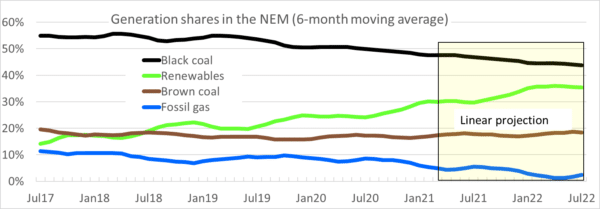
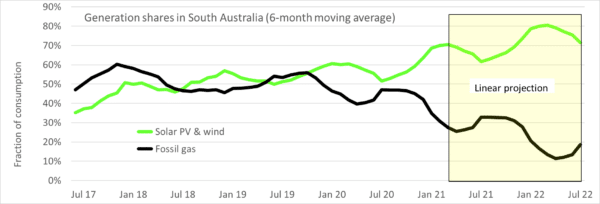
Blakers believes Australia can be much more ambitious with its zero emissions targets given the ‘golden opportunity’ it has with its renewable resources. Of course, this would also require significant decarbonisation in sectors outside of power, notably transport.
“Australia can reduce emissions quickly by enabling a ‘big new market’ for electric vehicles,” said Blakers, “through a range of government measures,” such as “a rapid shift in government fleets to electric vehicles, short-term tax exemptions for electric vehicles and ramping up the number of charging stations on country roads and elsewhere to give people confidence to invest in EVs.”
“While there is a move toward electric vehicles,” concluded Blakers, “it’s too gradual, like a charging snail rather than a red kangaroo.”
According to the Department of Industry, Science, Energy and Resources, Australia’s carbon emissions dropped 4.4% in the first nine months of 2020, a reduction put down to the rise of renewables and decline of fossil fuels.
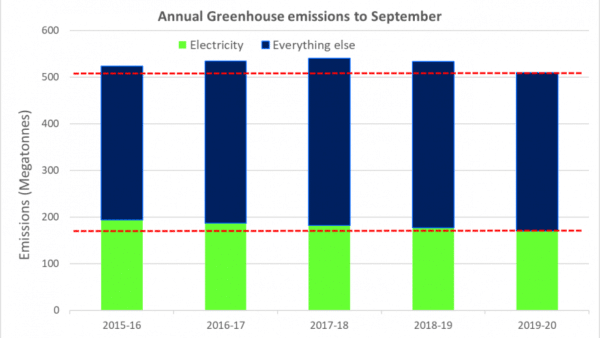
“Fossil fuel energy causes 80% of Australia’s emissions,” continued Blakers, who was seconded by Ken Baldwin, Director of Energy at the ANU Institute for Climate, Energy and Disaster Solutions. Baldwin puts the halving of wholesale electricity prices in the last year coincides with high levels of new solar and wind, and the relation is causal.
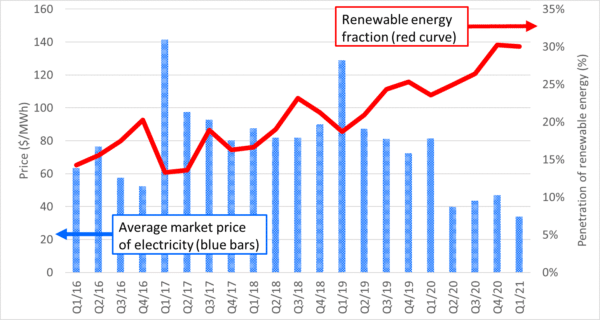
A third voice, also from ANU’s School of Engineering, Matthew Stocks, added that the key enabling factors for governments to ensure falling emissions is investment in electricity transmission and energy storage.
“Balancing variable solar and wind is straightforward using off-the-shelf techniques” said Stocks, “for example, stronger long-distance transmission to smooth out variable local weather, as well as pumped-hydro, battery storage and demand management.”
“Australia has 4,000 potential pumped hydro sites with combined energy storage potential of 180 TWh,” continued Stocks, “which is about 300 times more than required to support 100% renewable electricity.”
This content is protected by copyright and may not be reused. If you want to cooperate with us and would like to reuse some of our content, please contact: editors@pv-magazine.com.
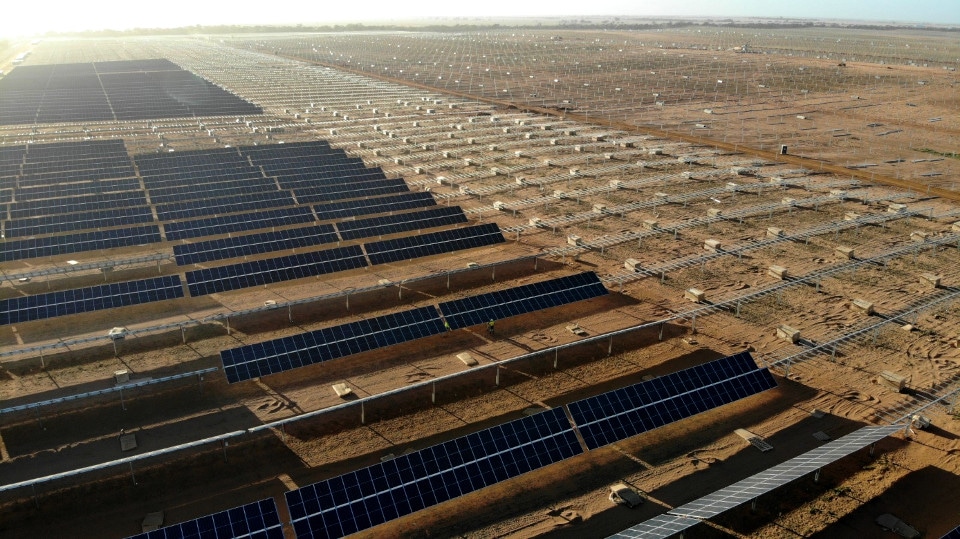








By submitting this form you agree to pv magazine using your data for the purposes of publishing your comment.
Your personal data will only be disclosed or otherwise transmitted to third parties for the purposes of spam filtering or if this is necessary for technical maintenance of the website. Any other transfer to third parties will not take place unless this is justified on the basis of applicable data protection regulations or if pv magazine is legally obliged to do so.
You may revoke this consent at any time with effect for the future, in which case your personal data will be deleted immediately. Otherwise, your data will be deleted if pv magazine has processed your request or the purpose of data storage is fulfilled.
Further information on data privacy can be found in our Data Protection Policy.